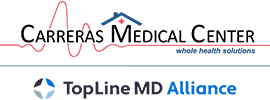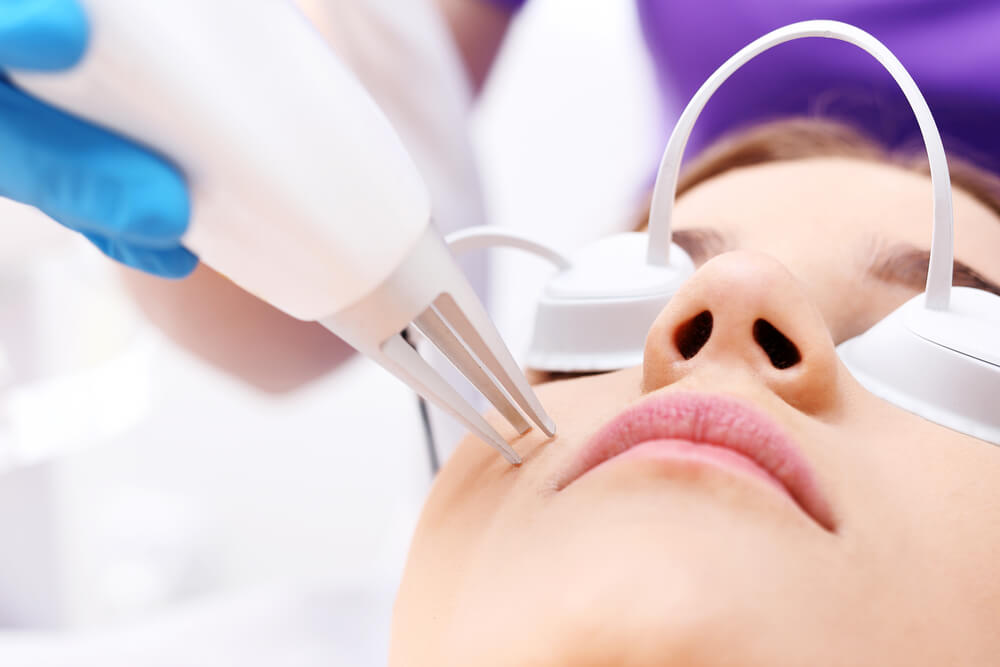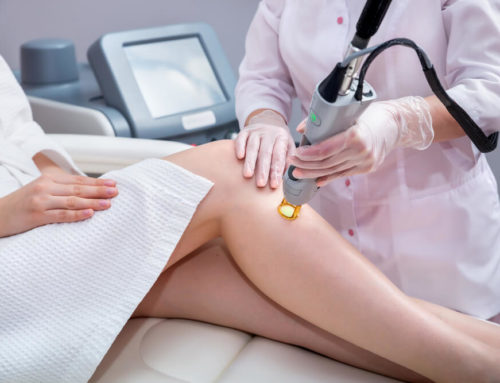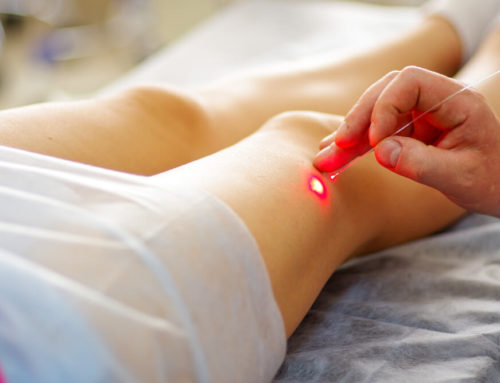Acne is the result of imperfections in the human body. Hair follicles and the surrounding glands are the leading cause. They secrete an oily substance called sebum that’s supposed to keep hair lubricated. Too much hair protein, known as keratin, and sebum can block the ducts, creating an environment perfect for C. acne bacteria. This bacterium causes acne to appear, which starts the body’s attempt to heal itself by producing collagen connective tissue.
There are home and store-bought remedies available, and other therapies do exist, such as micro-needling, injectable fillers, and dermabrasion. If these treatments don’t work, there is an alternative solution available. It’s called laser treatment, and it means a doctor will use a laser to manipulate the skin in various ways to reduce the scarring that occurs. The goal of the procedure is to make the scarring less noticeable as well as relieve the pain that acne can cause. Laser treatment is considered a non-invasive aesthetic procedure.
An unfortunate problem for 95% of acne sufferers is residual scarring. That means, even after the outbreak has finished, the problem doesn’t go away. What remains are scars. For acne sufferers, they are a constant reminder and annoyance. A procedure available known as laser treatment for acne scars can help healthy skin grow and replace acne scar tissue at the same time. It’s not a complete solution, but it is a step toward reducing the scar’s appearance and the pain it may cause.
Only a dermatologist who is an acne scar specialist can determine if laser treatment for acne scars is a viable solution. Some people are not good candidates for this procedure, however. That includes those with dark skin tones or wrinkles. Anyone with an active outbreak of acne should not get laser treatment as it can lead to infection.
What Are the Different Types of Acne Scars?
There are two main categories of acne scarring, depressed and elevated. Depressed scars are the result of a loss of collagen. This results in large and small indentations in the skin, and there are four types of depressed scars: ice pick, atrophic, boxcar, and rolling scars. Too much collagen causes elevated scars, and those result in lines or bumps in the skin.
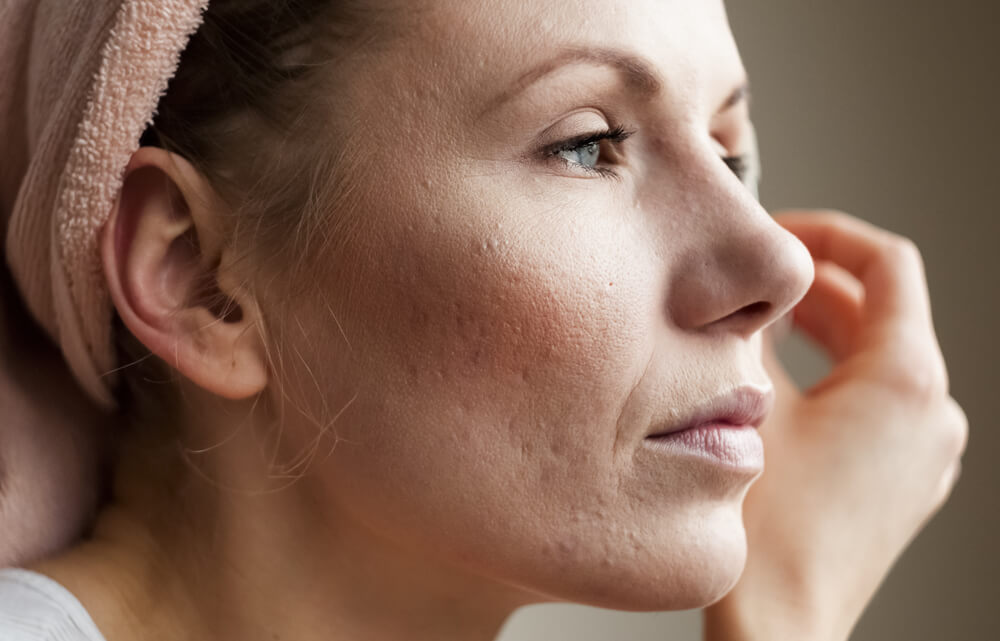
What Is the Cost of Laser Treatment for Acne Scars?
One drawback of the procedure is that insurance companies generally do not cover laser acne scar removal. The American Society of Plastic Surgeons estimates that the average out-of-pocket fee for ablative laser skin resurfacing is about $2,000. For non-ablative laser treatment, the cost is approximately $1,100. These figures can change depending on the number of treatments needed, the area and size needing treatment, the number of scars needing treatment, and the provider’s level of experience. The treatment may require up to six laser procedures lasting up to four hours each.
On the upside, the procedure doesn’t require much time for recovery, and resumption of regular activity can resume in one or two days. The patient’s comfort level is the most important factor, so consultation with several providers is encouraged. Keep in mind that some may charge a fee for consultation services.
How Does Laser Acne Scar Removal Work?
It’s a two-step process that starts with heat from the laser. The heat helps remove the top skin layer where the scar is. As the top layer of the scar peels away, the skin will appear smoother, and the scar becomes less notable. The scar tissue will break apart, and the laser’s light and heat will encourage healthy new skin cells to grow. The heat of the laser will draw blood flow to the location of the scar and reduce inflammation. The results are scars that are no longer raised and reduced redness. After this, the promotion of skin healing can begin.
What Is the Procedure for Treating Acne Scars With Lasers?
Three of the most common laser types are ablative lasers, non-ablative lasers, and fractional lasers. Each one is specific to scar severity. Fractionated laser treatment uses thousands of tiny laser beams to stimulate the tissue under the scar to remove the darkly pigmented cells under the skin’s top layer. Icepick and boxcar scars tend to do better with this laser type, also known as Fraxel.
Non-ablative laser resurfacing uses heat from infrared lasers to target deep layers of skin and encourage new cell growth over scarred tissue and stimulate collagen production. Perhaps most importantly, the non-ablative procedure doesn’t remove any skin. That is in contrast to ablative laser resurfacing, which uses a YAG or carbon dioxide laser to remove the skin’s top layer over the scar. Ablative laser resurfacing can result in skin redness requiring up to 10 days to subside.
What Are the Risks or Side Effects?
Many procedures pose some risk, and acne surgery is no exception. The most common effects are pain at the treatment site, redness, and swelling. The pain shouldn’t last more than two hours, and the redness should subside within 10 days. The risks associated with acne surgery include infection and hyperpigmentation, which means a darkening of the skin. If a fever, pus, or swelling at the site develops, contact the treatment provider immediately. Consult with a specialist before having acne scar laser treatment to discuss these and any other questions.
What Are the Expectations for This Treatment?
The result of laser treatment isn’t complete removal of acne scarring but rather a reduction, so it’s less noticeable. However, the procedure isn’t guaranteed, and extra care for the skin is required for months after as the surgery site heals. Patients should use sunscreen every time they leave home. Sun tanning is also off-limits for about eight weeks, and you should avoid spending too much time in the sun in general for the same amount of time. The provider may also include special care instructions for the skin site by recommending a moisturizer or special toner. To stave off infection, keep the skin clean, and skip the makeup routine for at least a week. Any redness at the surgery area should clear up within weeks. Treatment results should show up within 10 days.
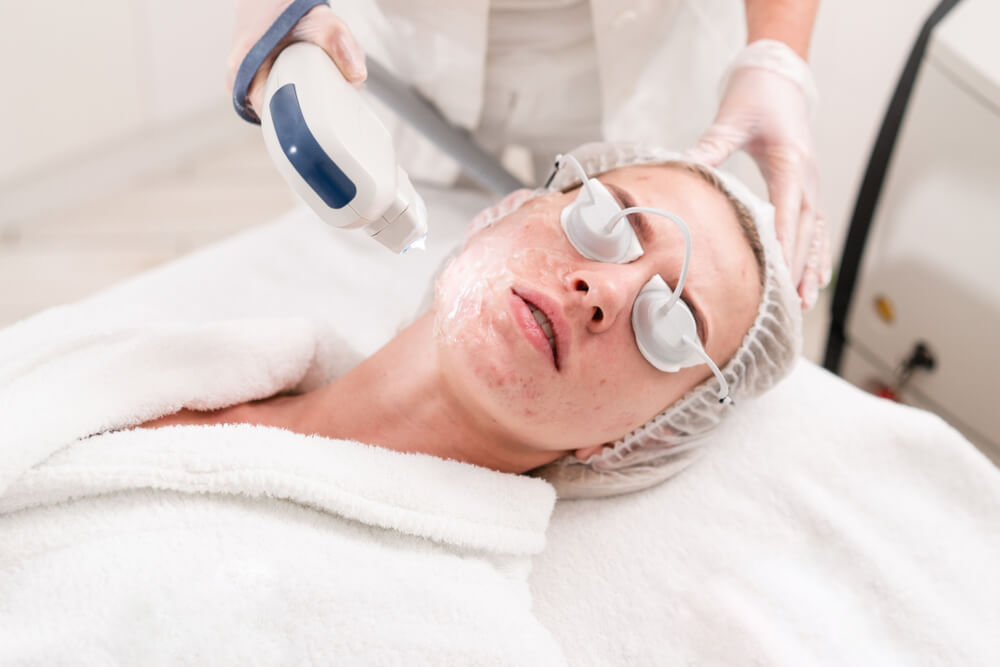
Preparations for Acne Surgery
Like many surgeries, laser treatment requires preparation, and this includes avoiding skincare products containing retinol, smoking, and blood thinners or aspirin for two weeks before the procedure. The provider may also prescribe antibiotics and instruct the patient to cease acne treatment medication.
Where to Find an Acne Scar Specialist
It’s prudent to seek the best treatment, and at Carreras Medical Center, we received the Patient Center Medical Home award for our dedication to our patients. If you need laser scar treatment, contact us today. Keep in mind that acne scar treatment isn’t limited to the face. The upper torso, back, arms, and neck are also candidates for laser scar procedures.
